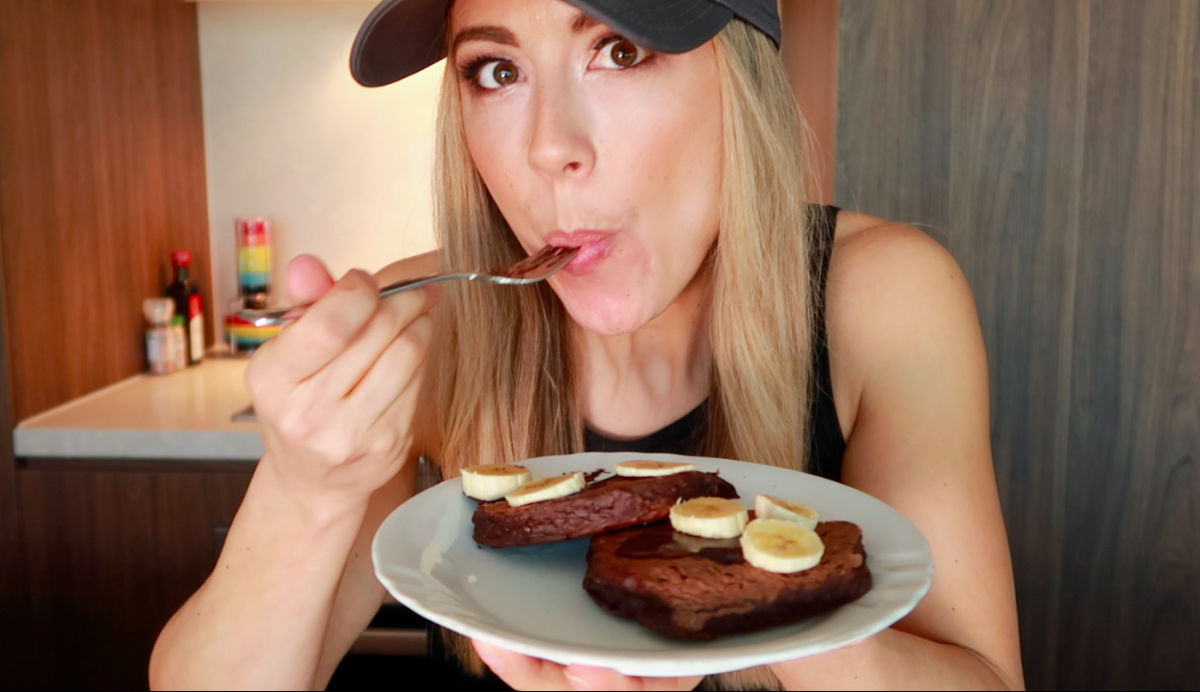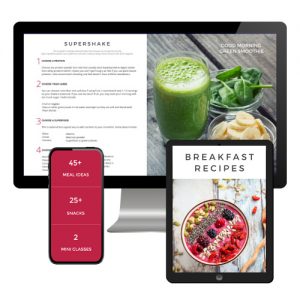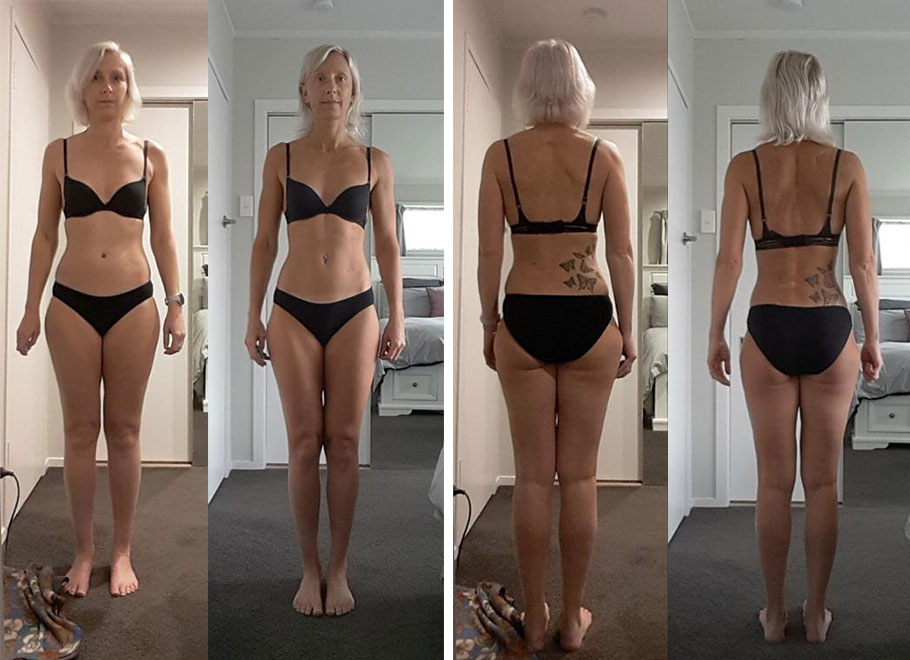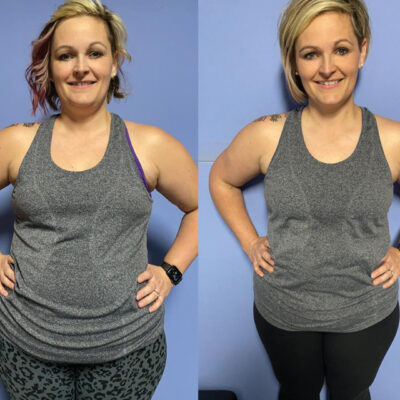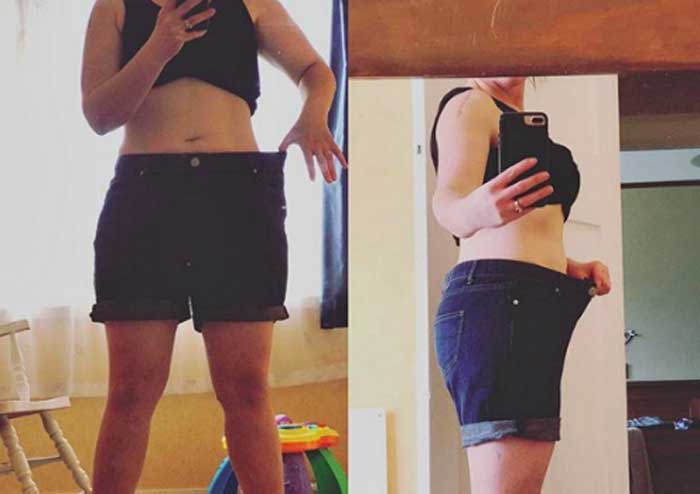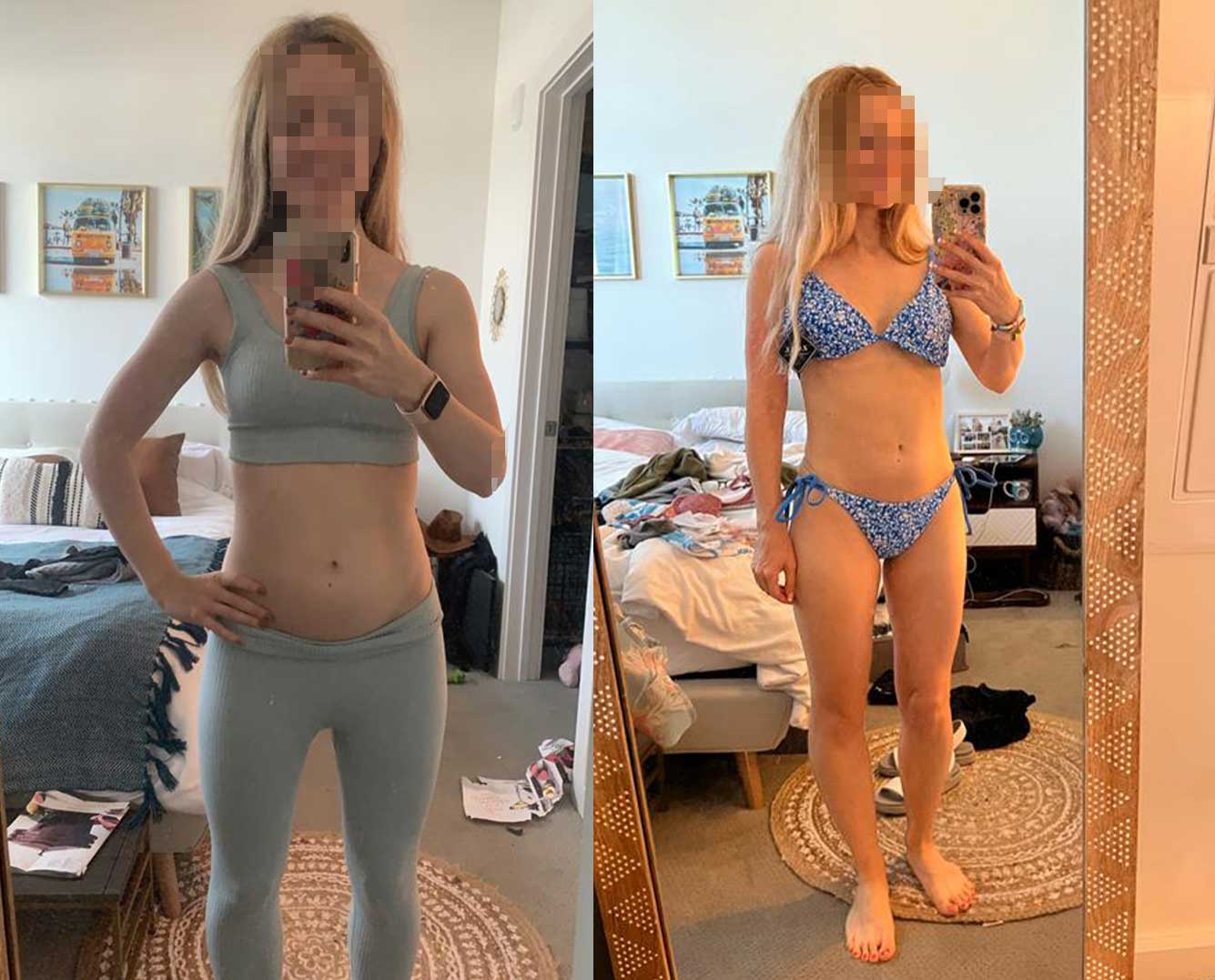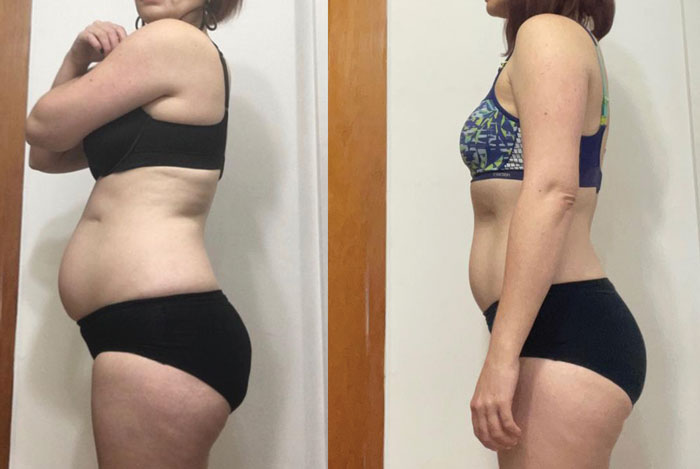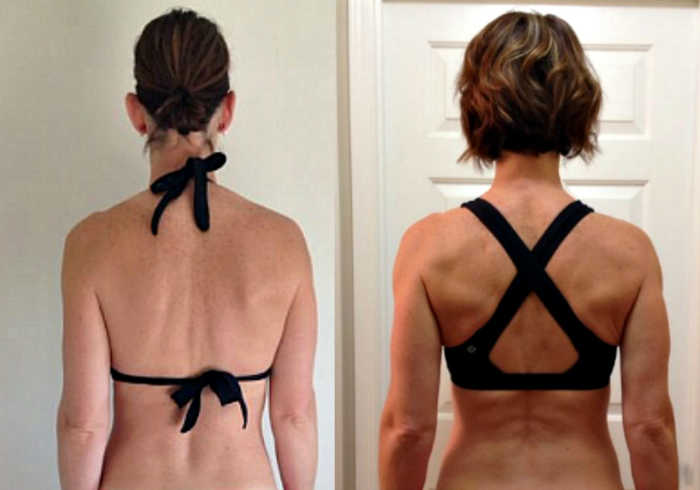CALORIE CYCLING FOR MORE BALANCE IN YOUR LIFE
I’m starting to think my primary job is to help women find balance. Women usually come to me with the main goal of losing weight, but their underlying need is to have more balance in their relationship between food and lifestyle.
If, at the end of working with me, someone says they feel more in control of their eating and have found a better balance with their food and lifestyle, I consider our time together a success. Here’s an example of what I mean from a recent client who completed an 8 week nutrition program (this is from an email she sent me):
“I always thought that I would hate keeping a food diary, but it has been really good for me in terms of understanding the make up of food and therefore opening up food choices a little and making me more aware of having a balanced and nutritious diet. Thank you for not simply saying…’You will need to cut out the wine if you want to see results.’ I have had that said in the past and quite frankly I have struggled to do that. However, by seeing the impact on nutritional value for myself, I can understand just what I need to do and feel in control.
Thanks again – this is the first time in years, I have seen and felt results.”
But how do you get to this point? How do you find balance in your own life?
Simply becoming aware of what you eat in terms of calories and macronutrients (protein, carbs and fats) and following a lifestyle friendly, moderate approach to weight loss will create great results. But once you reach a point where you are relatively satisfied with your physique, there are some more advanced strategies you can use so that you don’t always feel restricted. One of those strategies is calorie cycling.
In this blog post, I’ll explain how to use calorie cycling both as a tool for weight loss and maintaining body composition once you’ve reached your ideal weight. But most of all, calorie cycling is a tool that will allow you to enjoy life more while achieving your goals. For many of you, finding that balance is key to getting and maintaining a body you love, so let’s look at how it’s done.
CALORIE CYCLING FOR WEIGHT LOSS AND BODY COMPOSITION
At first, calorie cycling seems complicated but it’s not that difficult once you get used to it. It’s a lifestyle friendly way of achieving and maintaining your ideal body that’s actually sort of intuitive.
Calorie cycling has a lot of benefits including letting you enjoy life more because it allows you to plan some higher calorie days in your week – and for those of you with an active social life this helps counteract some of the guilt you feel from indulging. Calorie cycling also helps you maintain muscle mass while losing weight (and that’s important so that you don’t just end up skinny fat – we want to change your body composition not necessarily “lose weight”!). Once you’ve hit your ideal weight, calorie cycling is a lifestyle friendly way to maintain your results and even slightly edge your body composition into a more appealing range (ie. you can use it to build muscle as well).
Here’s a simple breakdown of how calorie cycling works:
- Calorie cycling works with your training schedule. You plan your eating (daily amount of calories) based on your activity level but also around muscle groups you want to develop.
- You will have high, medium and low calorie days that vary by about 100-200 calories. The frequency of low versus high days depends on your goals (ie. whether you want to lose weight, maintain weight or gain muscle).
- Most women want to develop their upper body but take size off (or at least be sure not to put size on) their legs. For this reason, I suggest that you plan your higher calorie days around upper body training, and specifically for muscle groups you want to bring up. For example, my high calorie days are my upper body training days because I’m obsessed with developing my shoulders and biceps.
- Plan your medium-lower calorie days when you are training legs or doing cardio.
- If you are trying to lose weight or just maintain your weight, you can eat less on days off from training.
- If your primary goal is to gain muscle (not lose weight), you can have more high days and push your calories a bit higher on those days.
It helps to see this in practice so let’s look at a couple examples.
CALORIE CYCLING EXAMPLE #1 – MY SCHEDULE
NOTE: Because my ultimate goal is to build muscle mass (not to lose weight), I push my calories to the limit most of the time, which is why I only have one low day, and three high days. If you are trying to lose weight, the second example shows you how to schedule your week.
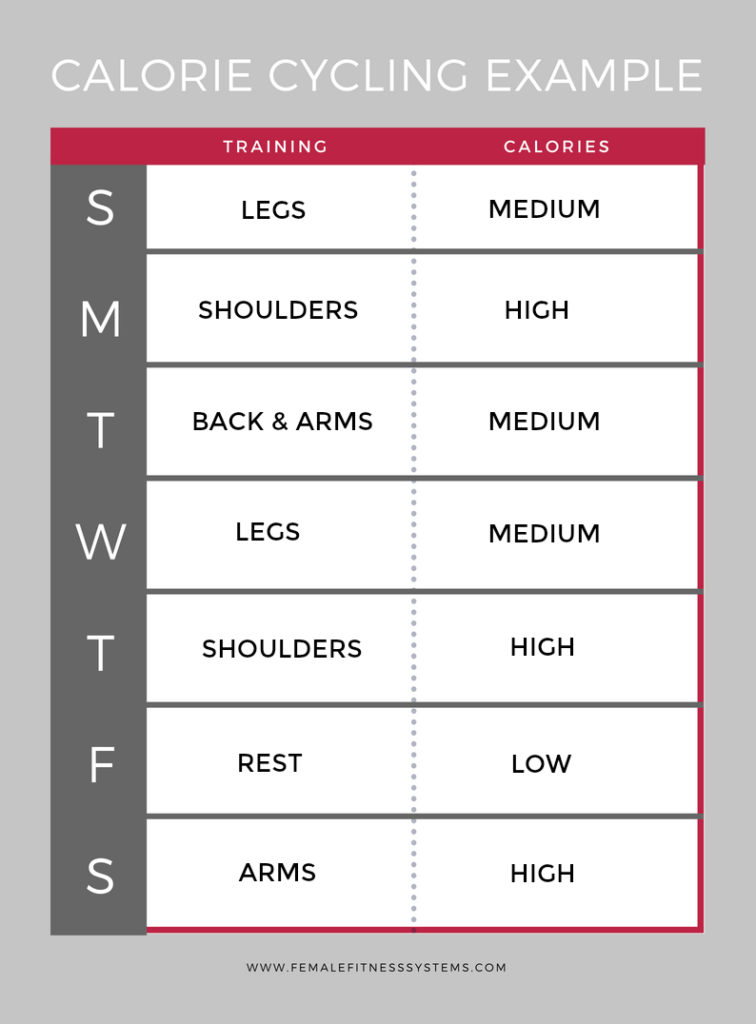
CALORIE CYCLING EXAMPLE #2 – SOMEONE WHO WANTS TO LOSE WEIGHT
NOTE: This example is based on someone who would maintain their weight on 1800 calories and wants to lose weight, so there is only one high day and more low calorie days than someone who is trying to maintain weight or build muscle.
HIGH DAY: 1900 calories (1x per week on an upper body day, and ideally scheduled for a day when you want to eat more like a weekend or around a social event)
MEDIUM DAYS: 1700 calories (2-3 x times per week, leg days or other upper body days that are lower priority)
LOW DAYS: 1600 (2-3x per week, non-training days or cardio days)
Wait, it’s not complicated!
This might seem complicated but we are talking about the difference of about 100-200 calories per day. The extra 200 calories between a high and low calorie day are as simple as having a post-workout shake or an extra snack on high days but not having it on lower calorie days. It’s really not as complicated as you think once you try it for a while. It’s actually sort of intuitive – it makes sense that you would eat more on days you train hard and eat less on the days you don’t!
CALORIE CYCLING AS A LIFESTYLE STRATEGY
Now that you understand calorie cycling, you can arrange your week to have your higher calorie days on those that you like to eat more (ie. Saturday). This is a simple lifestyle friendly strategy that works really well for those of your who struggle to find a balance between your fitness and social life.
You can see from my schedule in the previous section, that Saturday is a higher calorie day, and I plan this specifically so I will be able to have a more enjoyable Saturday dinner. I also structure my eating on Saturdays so that I can allocate more calories to the evening meal. I do this simply by eating less throughout the day than I normally would so I have more calories left over for dinner.
However, because it’s a high calorie day, I’m also sure to get to the gym that day and hit a muscle group that I want to develop. So the extra calories support muscle development.
Do what you can to create room for those extra calories, and your weekends will be less likely to derail your progress every week.
One of the biggest mistakes women make with their fitness and nutrition is thinking that because they overindulged on the weekends, that they’ve undone all their efforts. They then enter a negative spiral where Sunday becomes a day of guilty overeating as well (and not training). This is the worst thing you can do! Calorie cycling and better planning of calories and activity on the weekend, is a simple lifestyle friendly switch that will help you stay on track.
Even if it just makes you more aware and you reign in your calories a bit throughout the day in anticipation of having a bigger dinner on Saturday. Weekends do not have to derail all your progress, and yes, you still can enjoy life.
WHY YOU NEED TO BE MORE STRATEGIC
I think one of the reasons some women fail at nutrition and body change is because they are too emotional about eating. I’m not trying to offend anyone by saying this but in my own experience with so many women, those who take a more curious, strategic approach to their eating are the ones who succeed.
Some women worry about becoming overly obsessive about calorie counting, but ironically those are often the same women that spend a lifetime obsessing over and being unsatisfied with their bodies. In my experience, women who come to enjoy calorie counting as a tool to help them stay on track are more successful at achieving and maintaining their body weight than women who just “wing it.”
This isn’t a restriction tactic – this is a strategic redistribution of your calories to help you enjoy life more but also get better results from your training.
Think about calorie counting as a tool that helps you achieve your goals and ultimately find balance. Remember, it sounds more complicated than it actually is in practice. Once you try it for a while, it becomes second nature and feels more enjoyable because it puts you in control.
It can be tough sorting it out for yourself, so check out my nutrition programs and meal plan if you need help with it all. I can help you find the balance that so many other women are now enjoying!
NUTRITION PROGRAMS
MEAL PLAN
Related Articles

